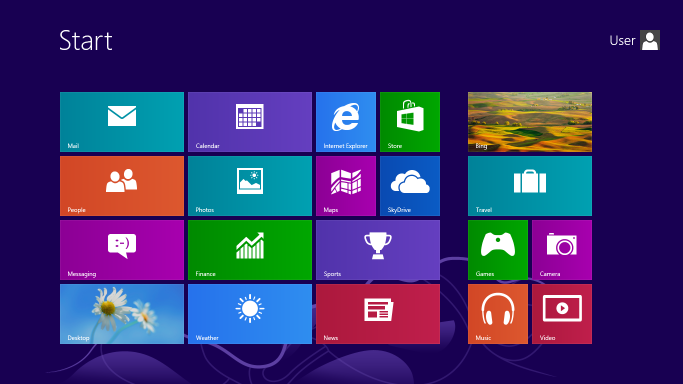It’s been a decade or so since we were introduced to Windows 8. It was intended to be a new generation of Windows software that would propel Microsoft into the future. It wasn’t any of that, and after this month, it will be completely unsupported by Microsoft.
I presume this is very bad news for the roughly 17 people who loved Windows 8 and wanted to stay with it forever.
A little bit about Windows 8
Windows 8 was officially launched in August of 2012. To say it hit with a thud is an understatement. But why? In order to understand, you have to look back at the way things were back then. Apple was on top of the world and everyone thought the iPad would be the only computing device anyone needed. (I know, right? But remember that phone screens were tiny at the time and the iPad was all new.)
Windows 8’s goal was to reinvent the Windows experience for a touch-centric audience. Everything was revised to add large tap zones. New gestures such as swiping in from corners and sides were added. The Start menu was abandoned in favor of a large start screen.
All of this was a massive flop and it proves one thing: what people say they want and what they really want are usually two completely different concepts.
Why Windows 8 flopped
Windows 8 was really just ahead of its time. When it launched, most people did not have touch-capable hardware. They didn’t want to learn some fancy new way of doing things. They just wanted to do their jobs. Windows 8’s fancy dressing may have been attractive to power users. In fact, many users clamored for new and interesting Start menu alternatives and this one was pretty good. But most folks just looked at it as something else they had to learn.
It’s not so much that people weren’t ready for Windows 8, as much as tech wasn’t ready for it. I think if it launched today people would probably like it. I think it would clearly evolve to work the way Chromebooks do. With a Chromebook if you have the keyboard connected, it works more like a desktop PC but if you hold it in your hand it works more like a tablet. Windows 11 tries to do something similar too.
So of course here’s what happened
Microsoft, faced with the torches and pitchforks of the entire computer community coming at them… blinked. They dropped the full-screen menu. The touch gestures started to disappear. They put in Windows 8.1 which put a Start button back on the taskbar, then with Windows 10 they went back to a familiar Start menu. And they gave all this to users for free, so people couldn’t complain.
Should they have, though? Should Microsoft have stuck to its guns? Apple has led the way in forcing its users to adopt unpopular changes. And then, five years later, people totally understand why it was done and they’re glad. If it weren’t for Apple’s strategy of forcing people into new working modes, we’d still have floppy drives in our laptops.
Microsoft’s a bigger company than Apple. For the most part people use Macs and iPhones because they choose to, not because they have to. On the other hand, people use Windows PCs because that’s what business demands of them. The user bases are different. Still, I do wonder if we would have all been better off learning to live with Windows 8. I guess we’ll never know.
Is running “unsupported” software really a problem?
A lot of folks will want to scare you saying that if you run anything but Windows 10 or 11 after January 31, you’re opening yourself up to a world of hurt. There’s some truth to that. But honestly, the biggest problem is that you will eventually have to upgrade the apps you have, and they won’t work with the computer you have. Computers tend to last quite a long time in business. It’s tough when a person walks in and finds that they can’t do their job because of computer problems. It’s really better to plan for change rather than have it come unexpectedly.
And yes, unsupported operating systems are a problem if you’re out there on the internet. It’s way too easy for a “bad actor” to know you’re using an OS with security problems and act on it. But I’m not sure it’s really the huge problem it’s portrayed to be. Then again, I’m not your IT person. They might have a different opinion.
At any rate, Windows 8 becomes unsupported at the end of this month. Windows 7 was still supported for business customers but that ends this month too. If you’re not on newer software by then, you’ll have hard decisions to make.
This article is brought to you by Solid Signal. Shop Solid Signal for everything you need to live your best digital life. Have questions or need special help? Call us at 888-233-7563 or fill out the form below.





